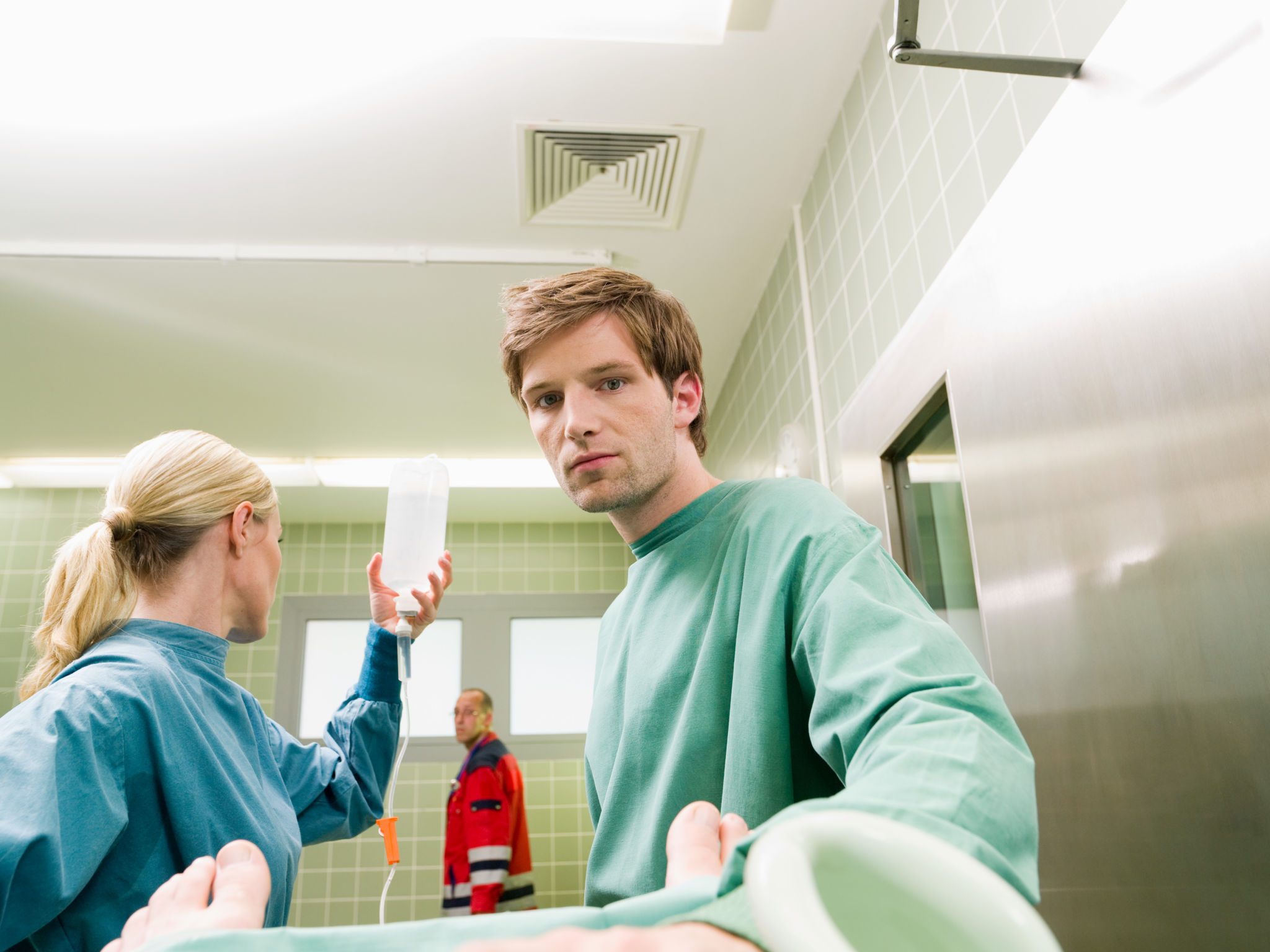Trend Analysis: Innovations in Emergency Medical Support for Events
Introduction to Innovations in Emergency Medical Support
In recent years, the landscape of emergency medical support at events has undergone significant transformations. As the scale and complexity of events continue to grow, so does the need for efficient and effective medical services. From music festivals to large-scale sporting events, ensuring participant safety has become a top priority for organizers.

Technology-Driven Solutions
Technological advancements have ushered in a new era of emergency medical support. One of the most significant innovations is the use of drones equipped with medical supplies. These drones can quickly reach areas that are difficult for ground personnel to access, delivering first-aid equipment and automated external defibrillators (AEDs) with remarkable speed.
Moreover, mobile applications designed to alert medical teams to emergencies are becoming increasingly popular. These apps can provide real-time updates on the location and nature of an incident, allowing for swift and targeted responses. They also facilitate communication between on-site medical staff and emergency services, streamlining the process of delivering care.
Wearable Health Technology
Wearable technology has also made a significant impact on event medical support. Devices such as smartwatches are now capable of monitoring vital signs and detecting abnormalities in real-time. This data can be instantly relayed to medical teams, enabling them to identify potential health issues before they escalate.

In addition to personal wearables, event organizers are increasingly using crowd-monitoring systems. These systems can analyze crowd density and movement patterns, helping to predict and prevent situations that could lead to medical emergencies.
Training and Preparedness
While technology plays a crucial role, the importance of training and preparedness cannot be overstated. Innovations in training methods, such as virtual reality (VR) simulations, are enhancing the skills of medical personnel. VR provides a realistic and immersive environment for practicing emergency scenarios, improving response times and decision-making under pressure.

Collaborative Approaches
Collaboration between various stakeholders is essential for effective emergency medical support. Public health agencies, private medical companies, and event organizers are working together to develop comprehensive emergency plans. These partnerships ensure that all parties are prepared to respond efficiently in case of an emergency.
Additionally, community involvement is being encouraged through first-aid training workshops for event staff and volunteers. By equipping more individuals with basic life-saving skills, the overall safety net at events is strengthened.
The Future of Event Medical Support
The future holds exciting possibilities for further enhancements in emergency medical support. As artificial intelligence (AI) continues to advance, its integration into emergency response systems could revolutionize how medical teams operate at events. AI could assist in data analysis, helping predict potential health risks and optimize resource allocation.
Ultimately, the goal is to create a seamless and proactive approach to emergency medical care at events, ensuring the safety and well-being of all attendees. As innovations continue to emerge, stakeholders must remain adaptable and committed to implementing the best practices available.
